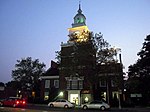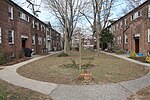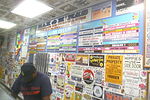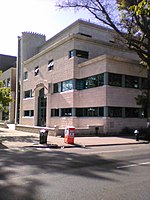Lander College for Men
2000 establishments in New York CityEducational institutions established in 2000Jewish seminariesJewish universities and colleges in the United StatesKew Gardens Hills, Queens ... and 7 more
Orthodox Jewish universities and collegesOrthodox Judaism in New York CityOrthodox yeshivas in New York CityPrivate universities and colleges in New York CityTouro University SystemUniversities and colleges in New York CityUniversities and colleges in Queens, New York

The Lander College for Men is a private men's division of Touro University System located in Kew Gardens Hills, Queens, New York City. Its stated goal is to provide a college curriculum while maintaining a traditional Yeshiva environment. Generally, its attendees are students who have attended post-high school programs studying Talmud prior to their attendance, primarily in Israel.
Excerpt from the Wikipedia article Lander College for Men (License: CC BY-SA 3.0, Authors, Images).Lander College for Men
75th Road, New York Queens
Geographical coordinates (GPS) Address Nearby Places Show on map
Geographical coordinates (GPS)
| Latitude | Longitude |
|---|---|
| N 40.724 ° | E -73.815 ° |
Address
Lander College for Men
75th Road
11367 New York, Queens
New York, United States
Open on Google Maps








